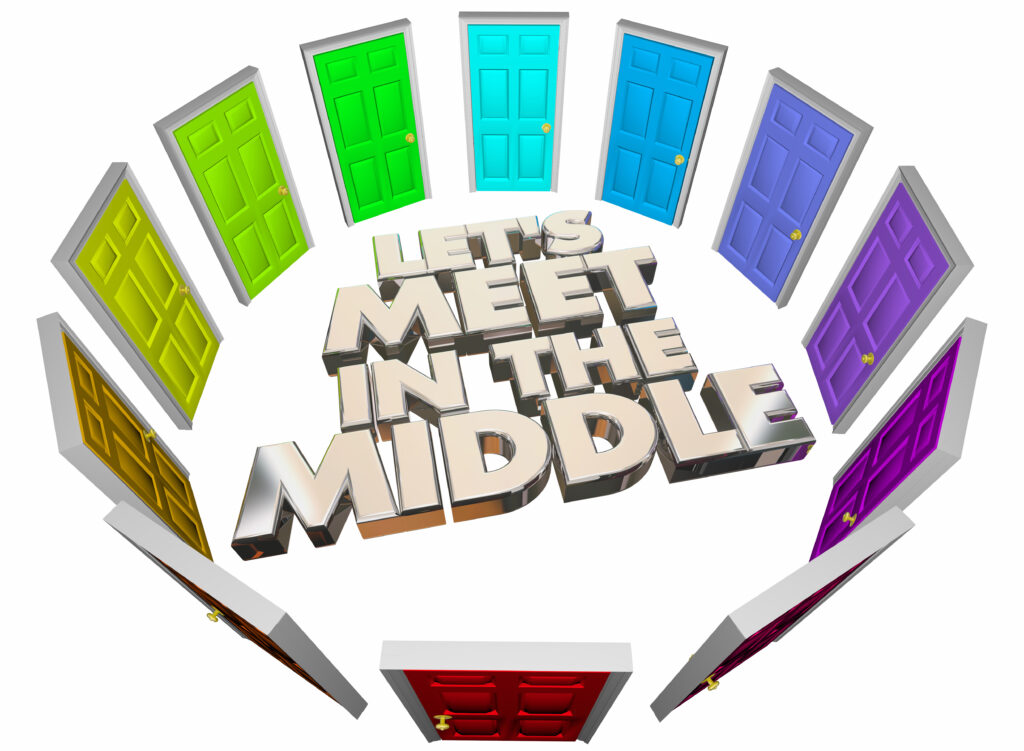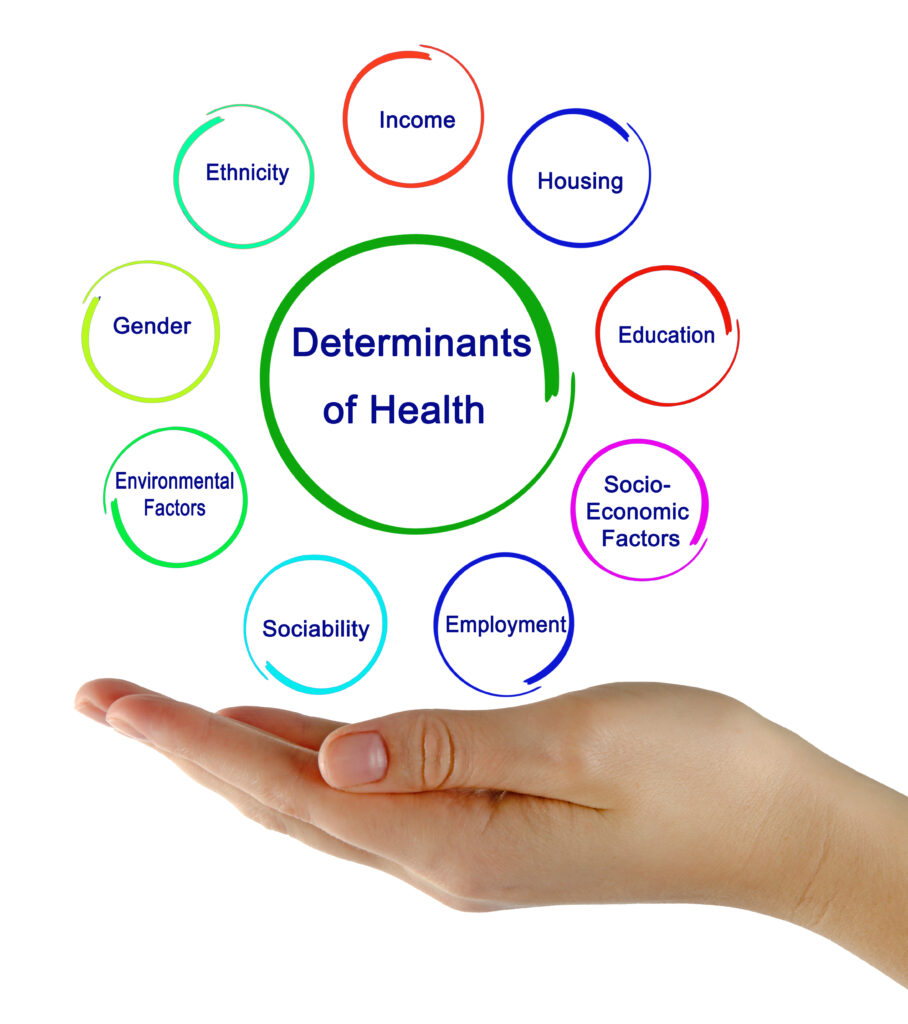The January announcement by the Biden Administration of the end of the COVID-19 Emergency Declarations in May 2023 has been met with a mix of reactions. Some are relieved; some are livid. But one of the impacts we’ve watched closely has been how the Emergency Declaration impacted Home Health and other out-of-hospital settings. The ability to deliver and get reimbursed for – the latter of which is key – telehealth services was a big boon for providers who disproportionately felt the weight as patients stayed home and social distanced to flatten the curve. (Terms we hope the next generation will never have to understand.) The ability to serve patients in their homes while still staying at a safe distance was (pun coming in hot…) exactly what the doctor ordered. And where telehealth has been effectively leveraged for years, such as radiologists serving EDs and hospitals, it took nimble decision making and solution-crafting to move some care settings toward virtual care delivery. But we have to follow the money and pulling back on coverage of telehealth services beyond rural areas only – even if that can is kicked down the road a bit – could reverse some of the momentum finally gained for alternate care delivery options that patients increasingly want!
Home Health As the Cutting-Edge Care Setting?
We’ve discussed before how Home Health providers simply need different communication tools for their patients and services. And while post-acute providers don’t nearly get the play they deserve at the national level (including incentives and funding support), the lingering post-pandemic shift toward home based care as a preference (albeit less of a necessity now) means we must look at Home Health as the future of healthcare delivery.
Fortunately for us, this is not a reach. We’ve seen the writing on the wall for a while and have elevated post-acute providers for their value and strategic positioning in the care continuum for years! But as Kno2’s CEO, Jon Elwell, recently shared, healthcare as an industry will not survive without better communication. Healthcare providers are realizing they need to digitally transform their practices to adapt to the changing market and demographic of patients (a growing number of seniors with comorbidities), despite oodles of cool gadgets and gizmos in the healthcare IT realm. The fact that telehealth is still fighting for its rightful place in healthcare, coupled with Home Health continuing to operate blindly outside the folds of interoperability efforts that benefit hospitals and health systems almost exclusively (in earnest), means we aren’t adapting with the times. We’re increasing complexity without addressing basic needs.
The Need Is Simple…The Solution Isn’t
The demand for telehealth services and Home Health providers show us that it’s not just a COVID thing, although we’re delighted to see that telehealth benefits under the Emergency Declaration are at least safe through 2024 (via the Consolidated Appropriations Act, 2023). Patients are saying, “I want good care, and I want it from the comfort of my home.” When every other convenience known to man is pivoting to deliver, healthcare is woefully slow to do the same.
At the center of the need is a very simple, timeless goal: communication. Effective, secure communication between providers of all types and care settings, to be exact. The means to get there? Well, that is a little more tricky. The burnout that is plaguing healthcare providers and causing a (troubling) exodus from the field is inextricably linked to communication challenges. Despite a single patient needing holistic care, providers are still having to jump through hoops to coordinate care in a way that is efficient, secure, and timely. (You usually do well to get two out of the three.) And when you consider that telehealth is, at the moment, safe, but certainly not off the chopping block for long term sustainability (via reimbursements), the options available to home-based patients narrow when we need them most.
Tools like our Communication API and Kno2fy Portal are readily available for the full spectrum of care providers (including Home Health) and simple to implement. We believe healthcare can become meaningfully connected to ensure effortless communication and optimal care coordination. Wouldn’t it be wonderful to meet the asks of patients with a resounding, “You got it!”?
Unpopular opinion: we think we can.







